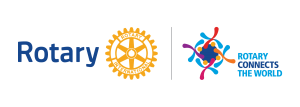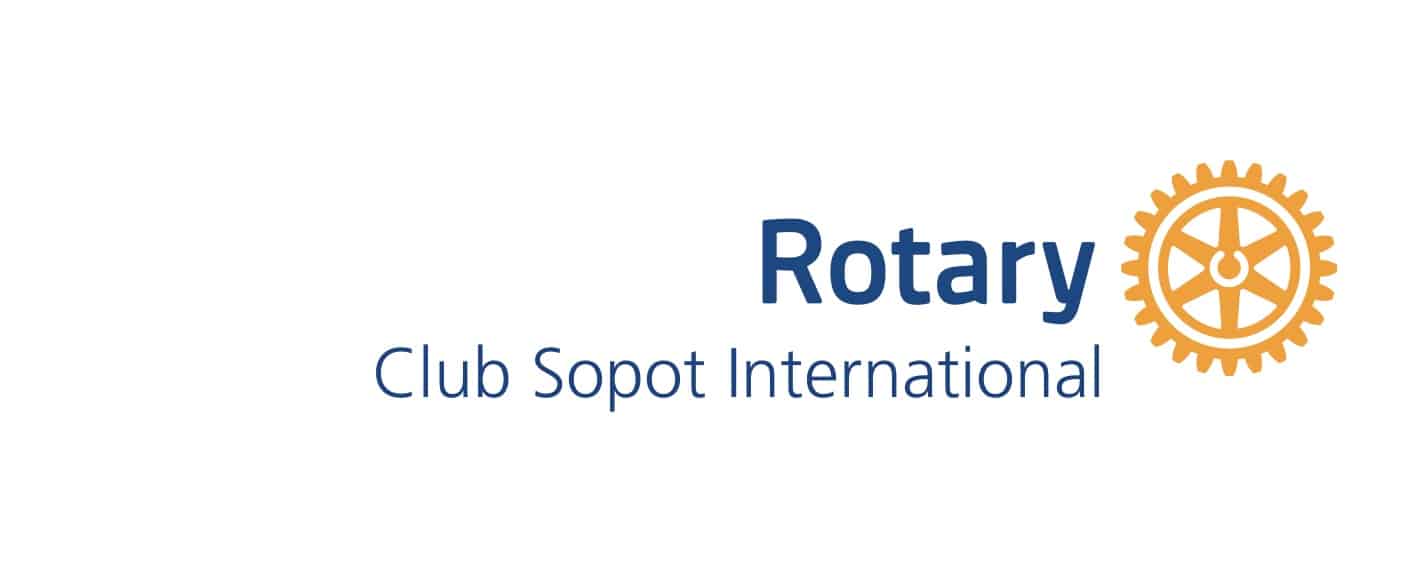Rotary Club Sopot International action
“No Plastic Baltic Picnic”
to support Greenpeace and Institute of Oceanography of the Polish Academy of Sciences project
Sopot beach opposite Sofitel Grand Sopot Hotel
7.09.19 at 12.00
food and beverages at your expence
What are nurdles?
Nurdles are small plastic balls, lentil grain velocity – granules used in the production of plastic products, which can be found more and more often on our beaches and in the Baltic Sea, as well as on beaches and seas around the world. This plastic intermediate is a huge threat to fish and seabirds, which often confuse them with food and eat them. In addition, like all plastic, nurdles do not disappear – they simply crumble into smaller and smaller particles and along the sea currents circulate throughout the Earth.
Why we invite you to search for nurdles?
Recently, the Institute of Oceanography of the Polish Academy of Sciences (IO PAS) conducts research on the occurrence of nodules in the ecosystem of the Baltic Sea. As part of the so-called civic studies, we encourage all people who want to hunt with us for nurdles to collect research material together.
How to take part in a nurdles study?
- Necessary accessories:
strainer with holes about 2mm – just a kitchen colander!
measure
pouches or envelopes for found nurdles
pen
a card to describe what you find.
Go to the beach and separate an area of 1m x 1m – this will be your research area.
Immerse the sieve in the sand to a depth of 3 cm and check whether after sifting the sand remain nurdles.
Examine the entire surface of your research plot with a strainer.
If they are – put them in a bag / envelope with a card describing the location of your research area, depth of finding, the date and date of finding it as accurately as possible. One envelope should contain nurdles from one research plot.
If you are not sure if what you see is a dump, pack everything. We will check it.
If there is none – make a note of the location of your examination with information about the lack of nurdles, send this information by e-mail to info.poland@greenpeace.org
Please send us the bags to: Greenpeace Polska, Altowa 4, 02-386 Warszawa with the note “Nurdle” and your contact details. We will forward them to IO PAN.
Thanks! Your search for nurdles has contributed to research seeking to save our planet from excess plastic.
Nurdle can have different colors and slightly vary in size. They can look like this:


More information contact:
Ewa Okrucińska
President
Email President

Sopocka plaża naprzeciwko hotelu Sofitel Grand Sopoz
7.09.19 o godzinie 12.00
przekąski i napoje we własnym zakresie
Czym są nurdle?
Nurdle to małe plastikowe kuleczki, welkości ziarna soczewicy – granulat używany przy produkcji produktów z plastiku, który coraz częściej można znaleźć na naszych plażach i w Bałtyku oraz na plażach i w morzach całego świata. Ten półprodukt do produkcji plastiku stanowi ogromne zagrożenie dla ryb i ptaków morskich, które często mylą je z pokarmem i zjadają. Ponadto, jak każdy plastik, nurdle nie znikają – po prostu rozdrabniają się na coraz mniejsze cząsteczki i wraz z prądami morskimi krąży po całej Ziemi.
Dlaczego zapraszamy do szukania nurdli?
Od niedawna Instytut Oceanografii Polskiej Akademii Nauk (IO PAN) prowadzi badania na temat występowania nurdli w ekosystemie Morza Bałtyckiego. W ramach tzw. nauki obywatelskiej, zachęcamy wszystkie osoby, które chcą zapolować z nami na nurdle, do wspólnego zbierania materiału do badań.
Jak wziąć udział w badaniu nurdli?
Niezbędne przybory:
sitko z dziurkami ok. 2mm – wystarczy kuchenny durszlak!
miarka
woreczki lub koperty na znalezione nurdle
długopis
kartka do opisania tego, co znajdziesz.
Pójdź na plażę i wydziel sobie obszar o wymiarach 1 m x 1m – to będzie Twój teren badawczy.
Zanurz sitko w piasku na głębokość 3 cm i sprawdź, czy po przesianiu piasku zostają w nim nurdle.
Przebadaj sitkiem całą powierzchnię swojego poletka badawczego.
Jeśli są – włóż je do woreczka/koperty z kartką możliwie dokładnie opisującą lokalizację Twojego terenu badawczego, głębokość znalezienia nurdli i datą znalezienia. Jedna koperta powinna zawierać nurdle z jednego poletka badawczego.
Jeśli nie masz pewności, czy to, co widzisz, jest nurdlem, zapakuj wszystko. My to sprawdzimy.
Jeśli nie ma – zanotuj lokalizację swojego badania z informacją o braku nurdli, prześlij tę informację mailem na adres info.poland@greenpeace.org
Opisane woreczki przynieś do naszej strefy #BezPlastiku w Gdańsku, Kołobrzegu lub Międzyzdrojach, a jeśli robisz badanie gdzie indziej, prześlij nam woreczki na adres: Greenpeace Polska, Altowa 4, 02-386 Warszawa z dopiskiem „Nurdle” i swoimi danymi kontaktowymi. My przekażemy je do IO PAN.
Dzięki! Twoje poszukiwanie nurdli przyczyniło się do badań dążących do ratowania naszej planety przed nadmiarem plastiku


